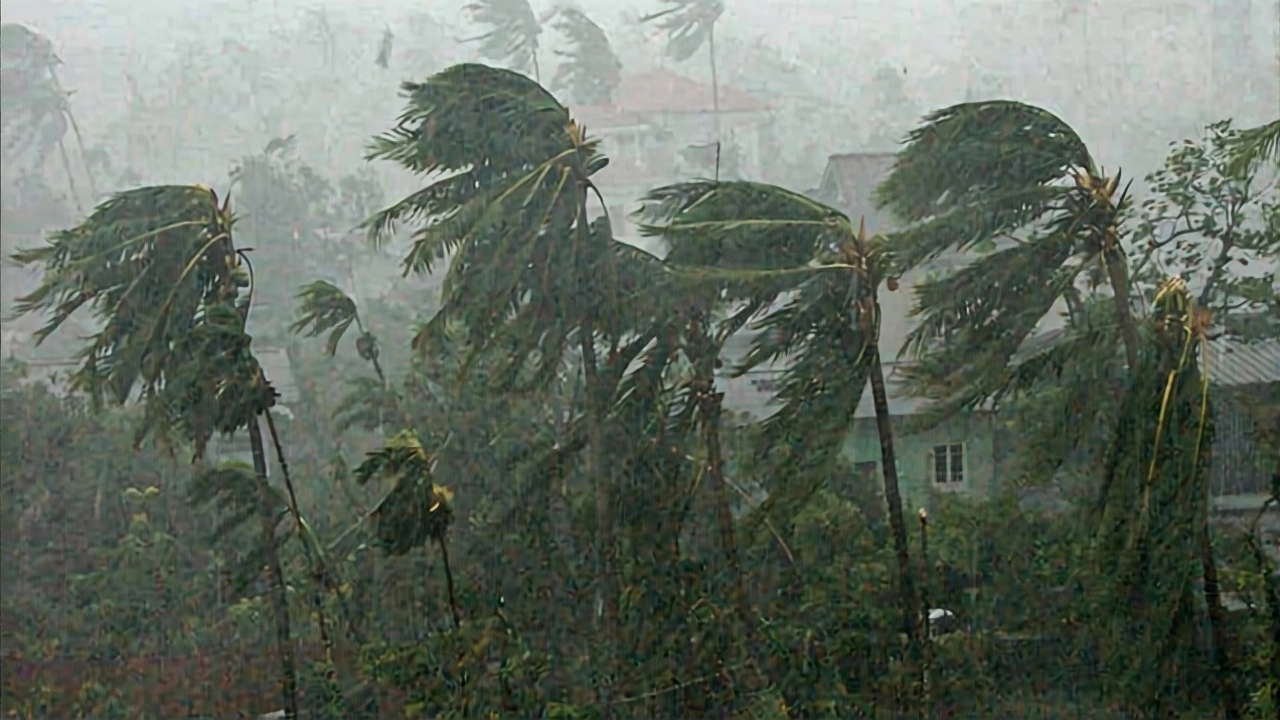When the first power lines snapped in Deoria, residents didn’t realize they were witnessing the beginning of a disaster. Cyclone Montha, a powerful storm that formed over the Bay of Bengal, slammed into eastern India with such ferocity that one district alone recorded 136 millimeters of rain in just 24 hours — a deluge that left entire towns dark, stranded, and drowning. By October 29, 2025, the India Meteorological Department (IMD) had issued a heavy to very heavy rainfall alert for seven districts in Eastern Uttar Pradesh: Deoria, Gorakhpur, Kushinagar, Maharajganj, Ballia, Chandauli, and Mirzapur. The storm’s impact didn’t stop at rain. It tore through infrastructure, paralyzed transport, and turned daily life into a fight for survival.
Deoria: Ground Zero of the Deluge
Deoria became the epicenter of chaos. More than 300 electricity poles were ripped from the ground, plunging the entire district into darkness. Critical facilities — including Maharishi Devrahva Baba Medical College and the district hospital — lost power. Backup generators failed under the strain. Water surged into government offices, bus depots, and even school buildings. By evening, roads were impassable, blocked by fallen trees and dangling cables. Residents described the scene as "like a river had exploded on land."
The rainfall wasn’t just heavy — it was historic. The IMD confirmed Deoria’s 24-hour total as the highest in the region since 2018. "We’ve seen monsoons before," said local engineer Rajesh Singh, "but never this kind of concentrated, unrelenting assault."
Transportation Collapses Across the Region
Train travel in the Gorakhpur division ground to a halt. Over 18 trains were stranded — among them the Vaishali Express at Gorakhpur Junction, the Poorvanchal Express at Gorakhpur Cantt, and the Lucknow–Patliputra Express, which was now facing possible short-termination. A dozen more trains, including the Intercity Express (15104/15103) and services numbered 18201, 15934, and 15231, were rerouted via Ayodhya and Varanasi after two massive trees crashed onto the Overhead Electrification (OHE) lines near Baitalpur on October 28. Four trains — 15130, 15129, 05163, and 05164 — were cancelled outright.
Bus services were suspended in all seven districts. With roads submerged and bridges compromised, even emergency vehicles struggled to reach remote villages. "We lost contact with three villages near the Nepal border," said a district official. "We don’t know if they’re safe."
Thunderstorms Spread Widely, Power Outages Prolonged
The storm’s reach extended far beyond the heaviest rain zones. Twelve districts — including Ambedkar Nagar, Siddharth Nagar, Basti, Sant Kabir Nagar, Mau, Azamgarh, Ghazipur, and Banda — were under thunderstorm and lightning alerts. In Gorakhpur city, a five-hour blackout on October 28 drained inverters and left hospitals scrambling. "We had to switch to battery-powered ventilators," said a nurse at the district hospital. "It was terrifying."
Schools up to Class 8 were closed across the affected districts. "We can’t risk children walking through flooded streets," explained a state education officer. "Even if the rain stops, the water doesn’t."

Wider Impact: From Odisha to Karnataka
Cyclone Montha didn’t spare other parts of India. The IMD issued a red alert for southern Odisha — districts like Ganjam, Gajapathi, and Malkangiri — as the cyclone made landfall along the Andhra Pradesh coast around 5:30 PM on October 28, with wind speeds hitting 100 km/h. Over 35 flights between Hyderabad’s Shamshabad Airport and Vijayawada or Visakhapatnam were cancelled.
In Karnataka, districts like Uttar Kannada and Udupi were under orange alert on October 28, with a yellow alert extended across the entire state the next day. Meanwhile, 10 districts in Western Uttar Pradesh — including Agra, Firozabad, and Jhansi — were placed under orange alert for thunderstorms.
Recovery and the Road Ahead
By October 30, the National Disaster Response Force (NDRF) had deployed 17 teams across Eastern Uttar Pradesh. Their mission: rescue stranded families, restore power lines, and clear debris from critical roads. The Uttar Pradesh government announced emergency relief funds, but officials admitted the scale of damage overwhelmed local resources.
Weather forecasts showed no immediate relief. The IMD warned of continued heavy rainfall through October 31, with another peak expected between 8:30 AM on October 31 and 8:30 AM on November 1. Temperatures were projected to drop 2–3°C over the next two days before rebounding slightly — a chilling reminder that even after the rain stops, the cold damp will linger.
What’s worse? Meteorologists say Cyclone Montha’s remnants could trigger another low-pressure system by November 5. "This isn’t a one-off," said Dr. Anjali Mehta, a senior climatologist at the IMD. "Climate patterns are shifting. What we’re seeing now is becoming the new normal."

What Happened in 2018? A Comparison
Deoria’s 136mm rainfall in 2025 surpassed even the 2018 monsoon peak of 122mm. Back then, the damage was severe — but infrastructure was less stressed. Today, with aging power grids and overburdened drainage, the same rainfall became catastrophic. "We didn’t upgrade our systems for these extremes," admitted a senior urban planner in Gorakhpur. "We planned for the past. The future hit faster."
Frequently Asked Questions
How did Cyclone Montha affect medical facilities in Deoria?
The power outage in Deoria knocked out electricity to Maharishi Devrahva Baba Medical College and the district hospital, forcing staff to rely on backup batteries and manual equipment. Ventilators, incubators, and refrigerated vaccine units were at risk. Emergency surgeries were delayed, and patient transfers were halted until generators could be repositioned. The situation remained critical for over 12 hours.
Why were so many trains cancelled or diverted?
Two large trees fell onto the Overhead Electrification (OHE) lines near Baitalpur on October 28, damaging critical power infrastructure for train operations. With flooding also washing out rail embankments and submerging tracks, the Indian Railways had no choice but to cancel 4 trains and divert 12 others via safer routes through Ayodhya and Varanasi. Safety protocols required halting all movement in affected zones until inspections could be completed.
Which areas outside Uttar Pradesh were hit hardest by Cyclone Montha?
The southern districts of Odisha — particularly Ganjam, Gajapathi, and Malkangiri — received a direct hit from the cyclone’s eye, with wind speeds reaching 100 km/h. Coastal Andhra Pradesh also suffered significant damage. Meanwhile, Karnataka’s coastal districts faced heavy rains and landslides, while Telangana saw over 35 flight cancellations between Hyderabad and Vijayawada. The storm’s outer bands even triggered flooding in parts of West Bengal.
What’s the long-term risk for Eastern Uttar Pradesh?
Experts warn that Eastern Uttar Pradesh is becoming a climate hotspot. Rising Bay of Bengal sea temperatures are fueling more intense cyclones, and the region’s aging drainage, weak power grids, and dense population make it vulnerable. Without major infrastructure upgrades and early-warning improvements, similar events could occur every 2–3 years instead of once per decade. The 2025 storm may be a warning sign, not an anomaly.
Why did power lines fail so catastrophically?
Many of the 300+ uprooted poles were over 20 years old, installed under outdated standards. The combination of saturated soil, high winds, and tree roots pulling on wires created a perfect storm. In rural areas, poles were often anchored with concrete blocks too small for extreme weather. The state electricity board admitted in 2023 that 40% of distribution poles in Deoria and Gorakhpur needed replacement — a project that remains unfunded.
What’s the timeline for recovery?
Power restoration is expected to take 5–7 days in Deoria and Gorakhpur, with rural areas lagging. Train services may resume by November 3, but full network recovery could take two weeks. Schools are scheduled to reopen on November 4, pending safety inspections. The NDRF estimates full infrastructure recovery — including roads, drainage, and telecom — will require at least 60 days and over ₹2.3 billion in emergency funding.
